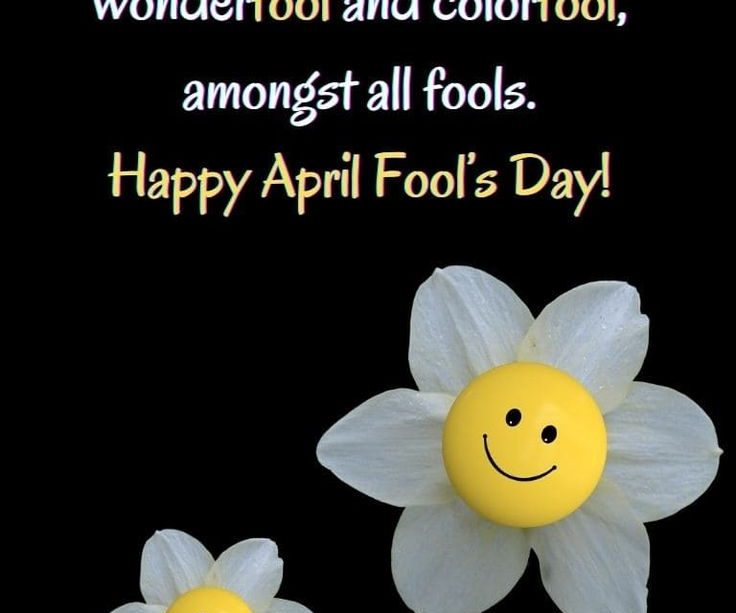The Significance and Celebrations of April Fools’ Day

Introduction to April Fools’ Day
April Fools’ Day, celebrated on the 1st of April each year, is a day set aside for pranks, jokes, and hoaxes, where individuals play tricks on one another. The significance of this day transcends mere entertainment; it offers a glimpse into the culture of humour and creativity across different societies. As the world becomes more interconnected, the various traditions surrounding April Fools’ Day provide fertile ground for exploring shared human experiences and values.
The Origins of April Fools’ Day
The precise origins of April Fools’ Day are somewhat obscure. Some theories suggest that it dates back to the 16th century in France when the calendar was reformed, moving the start of the New Year from April 1st to January 1st. Those who continued to celebrate the New Year on the old date were called ‘April fools’ and became subjects of ridicule and pranks. However, similar celebrations of hoaxes can be traced in various cultures globally, highlighting the universal appeal of light-hearted deception.
Global Celebrations
Today, April Fools’ Day is observed worldwide, although the nuances of how it is celebrated can vary significantly from one country to another. In the United Kingdom, pranks are typically limited to the noon-hour; those who are tricked after that time are often considered the ‘April fool.’ In France and Italy, children might place a fish (known as the ‘poisson d’avril’) on the back of their unsuspecting victims, a prank that reflects the playful spirit of the day.
In the United States, media and companies often join in on the fun, producing elaborate hoaxes aimed at consumers. For instance, news organisations such as NPR and The Onion have famously published fictitious stories designed to fool readers, showcasing the fine balance between entertainment and misinformation.
Impact of Social Media
The rise of the internet and social media has transformed the way April Fools’ Day is celebrated. Companies use social platforms to reach wider audiences, often crafting viral pranks or news, turning the day into a significant marketing opportunity. While this trend adds excitement, it also warrants caution, particularly in an age where misinformation can spread rapidly. Some experts urge for a more considerate approach to ensure that the spirit of the day doesn’t cross into deceptive territory.
Conclusion
April Fools’ Day serves as a reminder of the power of humour and its ability to connect people from all walks of life. While it is important to appreciate the fun and laughter it brings, participants are encouraged to navigate the day’s festivities with sensitivity to others’ feelings. As we move forward, one can only anticipate how April Fools’ Day will evolve, especially within the ever-changing landscape of digital communication. Amidst the pranks and laughter, it remains an opportunity to reflect on our shared human experiences through the lens of levity.








